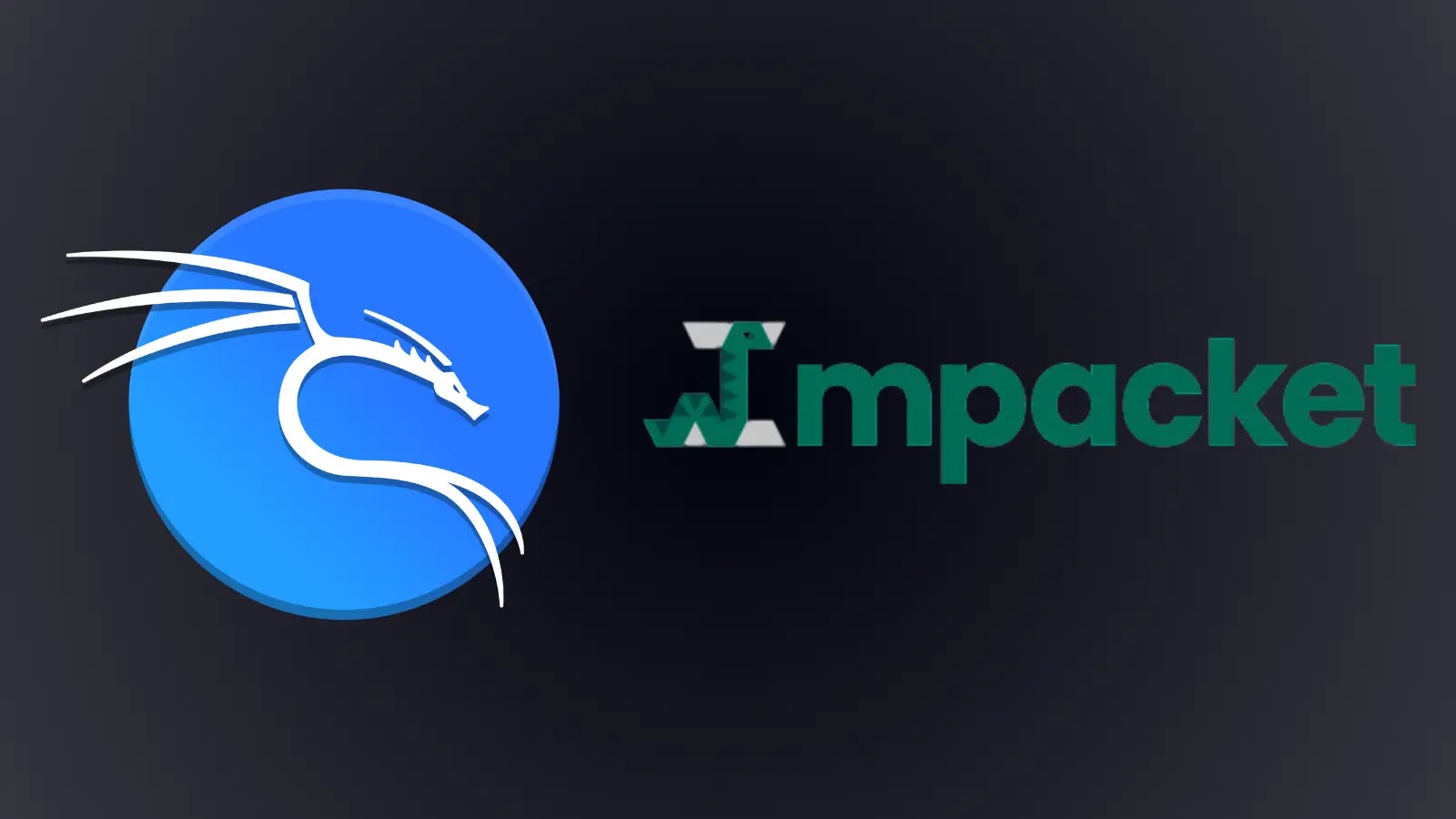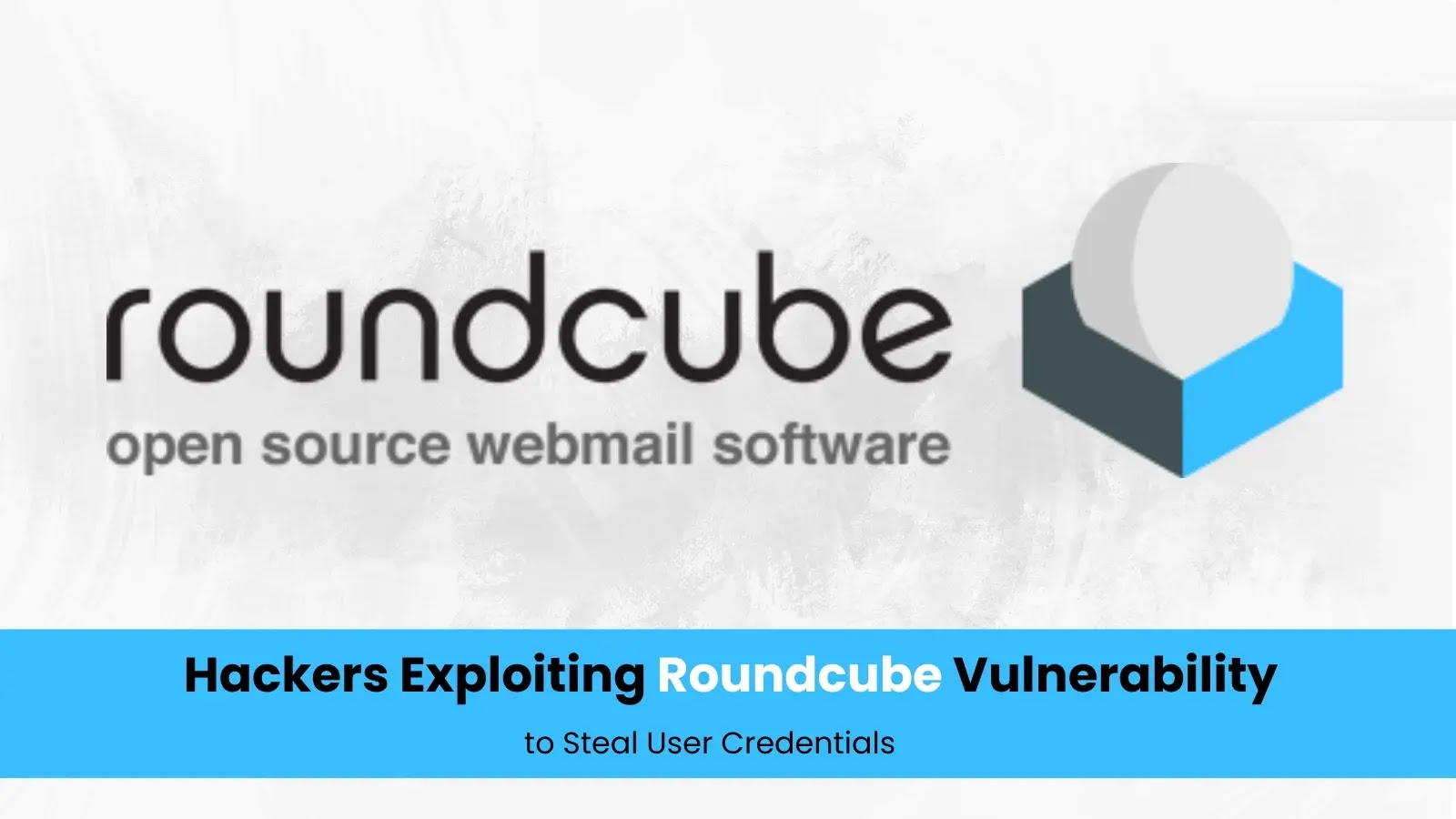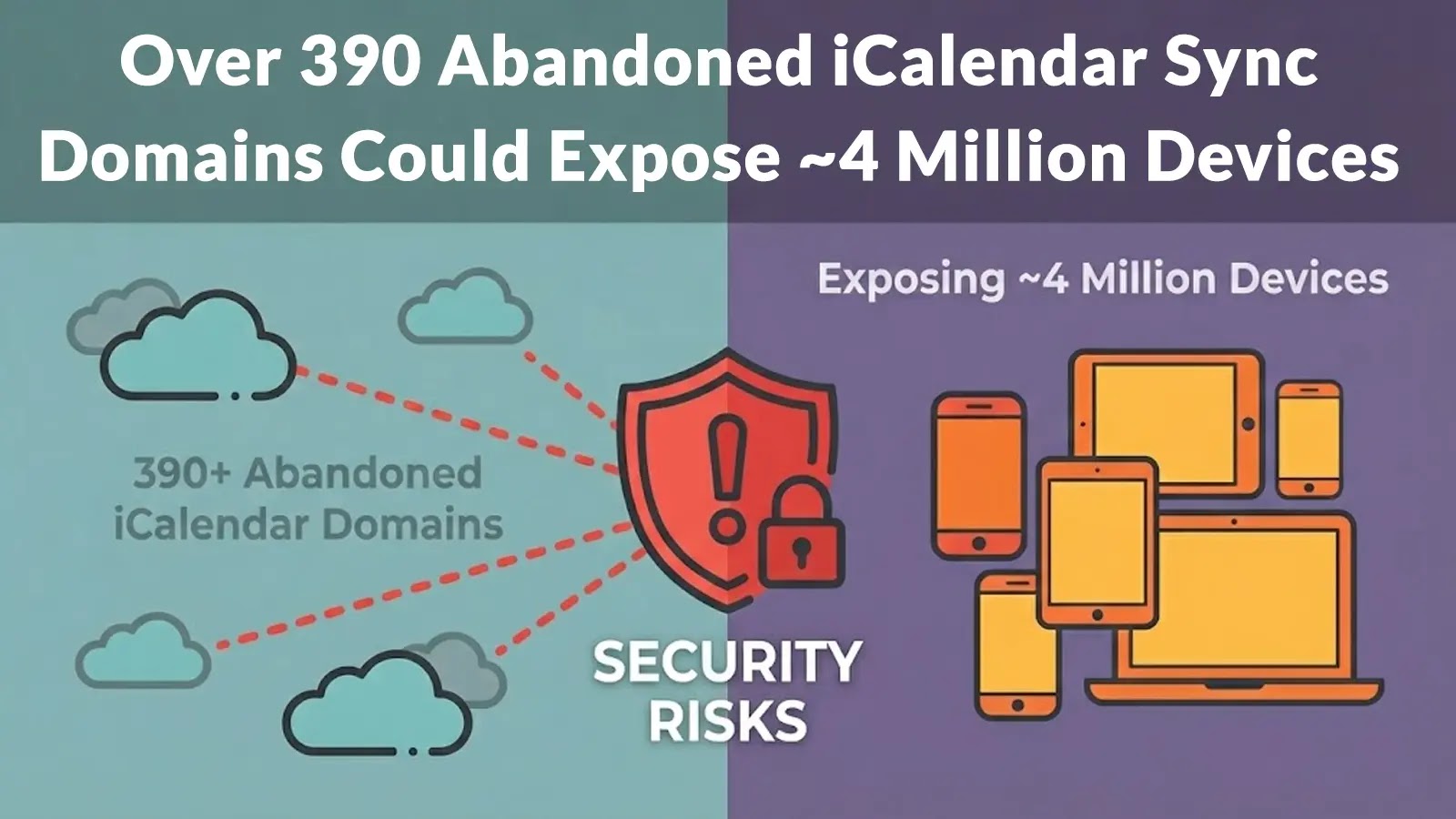In the rapidly evolving digital landscape, organizations are increasingly moving away from static secrets—such as API keys, passwords, and tokens—in favor of managed identities. This shift is driven by the need to enhance security, streamline operations, and adapt to the complexities of modern cloud environments.
The Limitations of Static Secrets
Traditionally, static secrets have served as unique identifiers for workloads, providing clear traceability. However, this approach presents significant challenges:
– Manual Management: Static credentials require meticulous lifecycle management, including regular rotation and monitoring, which is both time-consuming and prone to human error.
– Security Risks: The constant risk of credential leakage poses a substantial threat, as compromised static secrets can grant unauthorized access to sensitive systems and data.
To mitigate these issues, organizations have turned to centralized secret management solutions like HashiCorp Vault or CyberArk. While these tools offer a more organized approach, they still rely on the fundamental use of static secrets, perpetuating the inherent risks and management burdens.
The Emergence of Managed Identities
Managed identities represent a paradigm shift from the traditional what you have model to a who you are approach. Instead of embedding static credentials into applications, modern platforms now provide identity services that issue short-lived, automatically rotated credentials to authenticated workloads.
This transformation spans major cloud providers:
– Amazon Web Services (AWS): Pioneered automated credential provisioning through IAM Roles, allowing applications to receive temporary access permissions without storing static keys.
– Microsoft Azure: Offers Managed Identities that enable applications to authenticate to services like Key Vault and Storage without developers managing connection strings or passwords.
– Google Cloud Platform (GCP): Provides Service Accounts with cross-cloud capabilities, enabling applications to authenticate across different cloud environments seamlessly.
– GitHub and GitLab: Introduced automated authentication for development pipelines, eliminating the need to store cloud access credentials in development tools.
The Business Case for Change
Enterprise case studies document that organizations implementing managed identities report a 95% reduction in time spent managing credentials per application component, along with a 75% reduction in time spent learning platform-specific authentication mechanisms, resulting in hundreds of saved hours annually.
The transition to managed identities not only enhances security but also offers significant operational benefits:
– Reduced Management Overhead: Automated credential provisioning and rotation minimize the need for manual intervention, freeing up valuable resources.
– Enhanced Security Posture: Short-lived credentials reduce the window of opportunity for potential attackers, and automatic rotation ensures that compromised credentials are quickly rendered obsolete.
– Improved Compliance: Managed identities facilitate adherence to security best practices and regulatory requirements by enforcing consistent authentication mechanisms.
Navigating the Transition
While the benefits are clear, transitioning from static secrets to managed identities requires careful planning and execution:
1. Assessment: Evaluate existing systems to identify where static secrets are used and determine the feasibility of replacing them with managed identities.
2. Integration: Implement managed identity solutions provided by cloud service providers, ensuring compatibility with current applications and services.
3. Education: Train development and operations teams on the new authentication mechanisms and best practices associated with managed identities.
4. Monitoring: Establish monitoring and auditing processes to ensure the effectiveness and security of the managed identity implementation.
Addressing the Hybrid Reality
Despite the advantages, managed identities don’t solve every authentication challenge. Third-party APIs still require API keys, legacy systems often can’t integrate with modern identity providers, and cross-organizational authentication may still require shared secrets.
Security experts emphasize that managed identities don’t solve every authentication challenge. Third-party APIs still require API keys, legacy systems often can’t integrate with modern identity providers, and cross-organizational authentication may still require shared secrets.
Using a secret manager dramatically improves the security posture of systems that rely on shared secrets, but heavy use perpetuates the use of shared secrets rather than using strong identities, according to identity security researchers. The goal isn’t to eliminate secret managers entirely, but to dramatically reduce their scope.
Smart organizations are strategically reducing their secret footprint by 70-80% through managed identities, then using robust secret management for remaining use cases, creating resilient architectures that leverage the best of both worlds.
Conclusion
The shift from static secrets to managed identities marks a significant advancement in organizational security and operational efficiency. By embracing this change, organizations can reduce the risks associated with static credentials, streamline authentication processes, and better position themselves to navigate the complexities of modern cloud environments.



